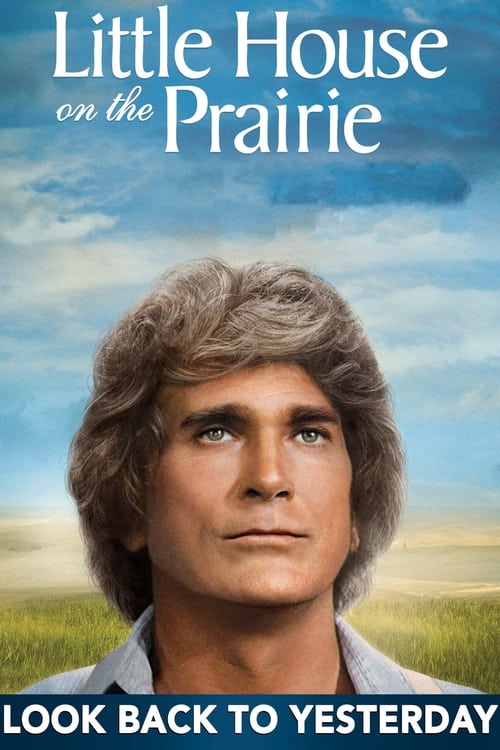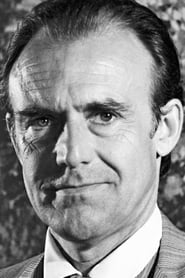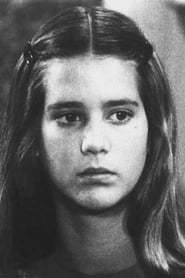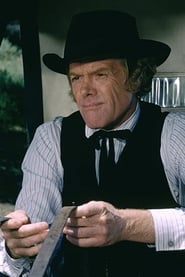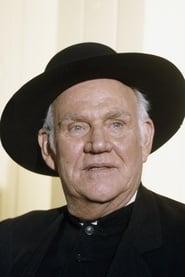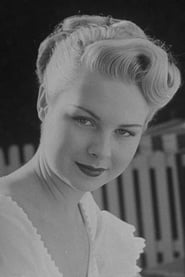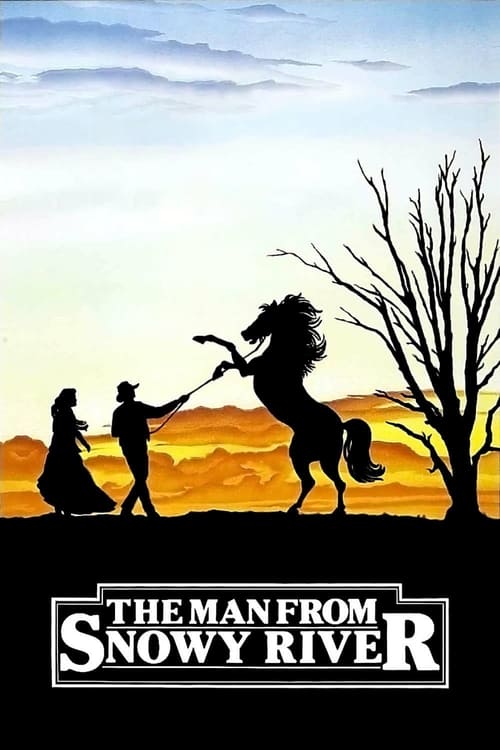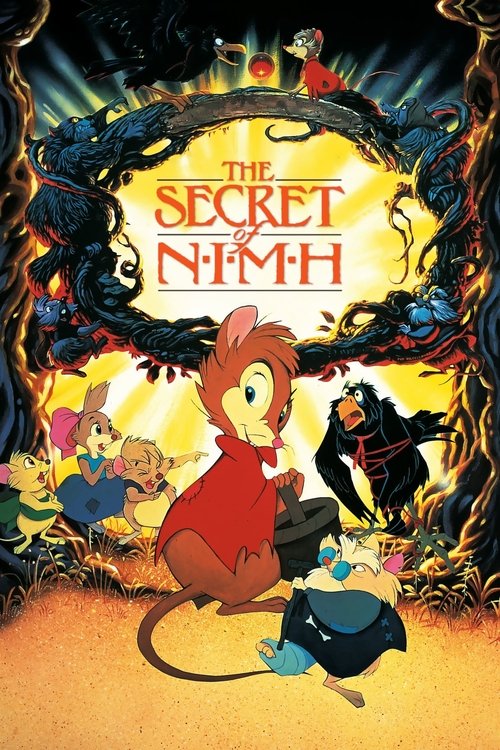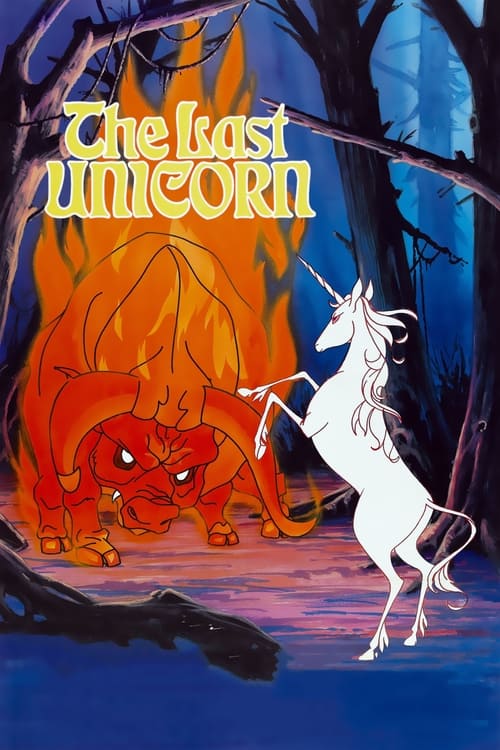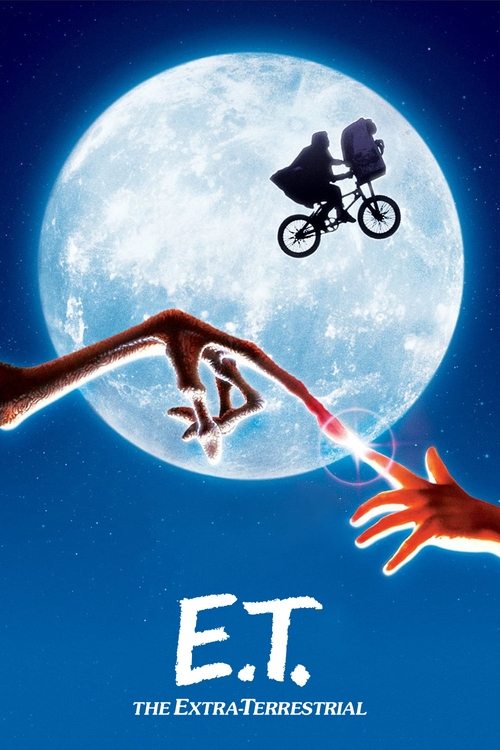
Ask Your Own Question
What is the plot?
The story opens in early 1880s Walnut Grove, Minnesota, where Albert Quinn Ingalls, the adopted younger brother of Laura Ingalls Wilder, is preparing for a future filled with promise. Albert, a bright and ambitious young man, has just interviewed at the University of Minnesota with hopes of studying medicine to become a doctor. Though outwardly hopeful and determined, Albert is quietly struggling with mysterious symptoms--persistent fatigue and unexplained nosebleeds--that he keeps hidden from his family and friends.
The narrative quickly establishes the Ingalls family's current situation: Charles Ingalls and his family have moved away from Walnut Grove, leaving Laura living with her husband Almanzo Wilder and their children in the town she has always called home. Walnut Grove itself is a small, close-knit community facing economic hardship. A bitter dispute has erupted between the local farmers, who want to sell their crops, and the railroad company, which has refused to cooperate. This tension permeates the town, casting a shadow over everyday life.
Albert's condition worsens, and his secret nosebleeds become impossible to hide. Concerned, Laura and Almanzo bring Albert to a physician who travels from Mankato. After a thorough examination, the doctor delivers devastating news: Albert has a rare and fatal form of leukemia. The prognosis is grim--Albert has only a short time left to live. This revelation shatters the family, but Albert's response is resolute. He insists on spending his remaining days in Walnut Grove, surrounded by the people and places he loves, rather than seeking treatment elsewhere or isolating himself.
Despite the crushing weight of his diagnosis, Albert's spirit remains unbroken. He reconnects deeply with his childhood friend Michelle Pierson, who is also preparing to attend the University of Minnesota to study education. Their budding romance brings warmth and tenderness to Albert's final days, offering him a glimpse of joy amid the sorrow. Albert also spends treasured moments with Laura, who struggles to accept the reality of her brother's impending death. Laura's denial manifests in her urging Albert to rest and avoid exertion, but Albert's determination to live fully is unwavering.
As the community prepares for its annual tradition--the climb to the Keepsake tree--Albert's resolve becomes a symbol of hope and courage. The Keepsake tree, perched atop a steep incline outside town, holds a strongbox filled with mementos donated by generations of Walnut Grove School alumni. This box represents the collective memory and legacy of the town's past. Albert, despite his weakening body, insists on joining the climb, refusing to let his illness define his final days.
The climb is arduous, but Albert ascends the mountain unassisted, his every step a testament to his fierce will. Upon reaching the summit, he opens the Keepsake strongbox and carefully adds his own memento--a deeply personal token symbolizing his life and connection to Walnut Grove. Though the specific item is never detailed, the act itself is profoundly moving, symbolizing Albert's desire to leave a lasting mark on the community he cherishes.
Meanwhile, the economic crisis in Walnut Grove reaches a critical point. Charles Ingalls, now returned to town, proposes a solution: the farmers should work as sharecroppers to resolve their dispute with the railroad. Initially, the idea meets resistance; only a few--John Carter, Dr. Baker, Mr. Edwards, and Nels Olesen--support Charles's plan. The other farmers remain stubbornly opposed, unwilling to compromise.
Albert, drawing on his deep admiration for the cooperative spirit of Walnut Grove's farmers, delivers an impassioned speech to his former classmates and the townspeople. He speaks eloquently about the importance of living each day to the fullest and embracing community solidarity. His words resonate, inspiring the farmers to reconsider their stance. The speech becomes a turning point, leading the farmers to accept Charles's sharecropping proposal, thus ending the dispute and bringing renewed hope to Walnut Grove.
Amid these heavy themes, the film offers a lighter subplot through the innocent puppy love of Jason Carter, a young boy in town. Jason nervously announces his plan to sneak a kiss from his classmate Amy Bryant, a moment that injects youthful charm and levity into the story. This subplot culminates in a sweet scene near the film's end, where Jason successfully steals a kiss from Amy, symbolizing new beginnings and the continuation of life even in the face of loss.
As the story moves toward its climax, Albert's physical condition visibly declines, yet his emotional strength shines. Laura, once in denial, gradually moves toward acceptance, supporting Albert's wishes and cherishing their remaining time together. The film deliberately ends before showing Albert's actual death, respecting the emotional weight of the moment while allowing viewers to imagine his peaceful passing surrounded by family.
The final scenes juxtapose Albert's courageous climb and symbolic contribution to the Keepsake tree with Jason's innocent kiss, underscoring the cyclical nature of life--while one generation faces its end, another begins. The community of Walnut Grove, inspired by Albert's courage and Charles's leadership, embraces a future built on cooperation, hope, and remembrance.
In the closing moments, Laura reflects on the enduring spirit of her brother and the town. Though Albert's life is tragically cut short, his legacy lives on in the memories he created, the lives he touched, and the memento he left behind. The film closes on a note of bittersweet hope: life goes on, marked by loss but also by love, memory, and the promise of new beginnings.
More Movies Like This
Browse All Movies →What is the ending?
In the ending of "Little House: Look Back to Yesterday," the story culminates with the Ingalls family facing the emotional aftermath of a tragic event. Mary, who has been struggling with her blindness and the challenges it brings, finds a sense of closure and acceptance. The family comes together to support one another, reflecting on their past and the importance of love and resilience. The film concludes with a poignant moment of unity, as they look forward to the future with hope.
As the film approaches its conclusion, the atmosphere is heavy with emotion. The scene opens with the Ingalls family gathered in their modest home, the warm glow of the fireplace casting flickering shadows on the walls. Mary, portrayed with a deep sense of vulnerability, sits quietly, her hands resting in her lap. The weight of her blindness has been a constant struggle, and the family has been rallying around her, trying to provide comfort and support.
In the next scene, Charles Ingalls, the patriarch, is seen working outside, his face etched with concern. He reflects on the challenges they have faced as a family, particularly the trials that Mary has endured. His internal struggle is palpable; he wants to protect his family but feels the burden of their hardships weighing heavily on him. As he works, he glances back at the house, where he can hear laughter and conversation, a reminder of the love that binds them together.
Meanwhile, Caroline Ingalls, the matriarch, is in the kitchen preparing a meal. She moves with a sense of purpose, but her eyes betray her worry for Mary. She recalls moments from the past when Mary was vibrant and full of life, and she longs to see her daughter regain that spirit. Caroline's emotional state is a mix of hope and despair, as she tries to maintain a sense of normalcy for the family.
The pivotal moment arrives when Mary, feeling the weight of her family's concern, decides to confront her fears. She steps outside, the cool air brushing against her face, and takes a deep breath. The scene shifts to her standing in the yard, where she can hear the sounds of nature around her. In this moment of solitude, she reflects on her journey, the struggles she has faced, and the love that surrounds her. It is a moment of clarity for Mary, as she begins to accept her condition and the support of her family.
As the family gathers for dinner, the atmosphere is filled with a mix of tension and warmth. They share stories, laughter, and tears, creating a tapestry of memories that highlights their bond. Mary speaks up, expressing her gratitude for her family's unwavering support. Her voice, though tinged with sadness, carries a newfound strength. The family listens intently, their faces reflecting a mixture of pride and sorrow.
In the final scenes, the Ingalls family comes together in a circle, holding hands. They share a moment of silence, honoring the struggles they have faced and the love that has seen them through. The camera pans out, capturing the warmth of their home against the backdrop of the setting sun, symbolizing hope and resilience. As the screen fades to black, the audience is left with a sense of closure, knowing that while challenges remain, the Ingalls family will continue to face them together, united in love and strength.
In summary, the fates of the main characters are intertwined in this emotional conclusion. Mary finds a sense of acceptance regarding her blindness, Charles and Caroline reaffirm their commitment to supporting their family, and the entire Ingalls family emerges stronger, ready to face whatever the future holds. The film ends on a note of hope, emphasizing the enduring power of love and family.
Is there a post-credit scene?
The movie "Little House: Look Back to Yesterday," produced in 1983, does not contain a post-credit scene. The film concludes with a poignant resolution to the story, focusing on the emotional journey of the characters, particularly Mary Ingalls as she faces the challenges of her blindness and the impact it has on her family. The ending emphasizes themes of resilience, love, and the importance of family support, leaving viewers with a sense of closure without any additional scenes after the credits.
What challenges does Mary Ingalls face in the movie?
In 'Little House: Look Back to Yesterday,' Mary Ingalls faces significant challenges as she navigates her life after losing her sight. The emotional weight of her blindness is palpable, as she struggles with feelings of isolation and frustration. Mary is determined to maintain her independence, but the limitations imposed by her condition create tension in her relationships, particularly with her family. Her desire to pursue education and a career as a teacher is a central focus, showcasing her resilience and determination.
How does Laura Ingalls react to Mary's blindness?
Laura Ingalls is deeply affected by her sister Mary's blindness. Throughout the film, Laura exhibits a mix of empathy, protectiveness, and frustration. She feels a strong sense of responsibility towards Mary, often trying to support her and encourage her independence. However, Laura also grapples with her own feelings of helplessness and anger at the situation, which leads to emotional conflicts between the sisters. Laura's journey reflects her growth as she learns to balance her desire to help with respecting Mary's autonomy.
What role does the character of Adam Kendall play in Mary's life?
Adam Kendall plays a pivotal role in Mary's life as her husband and a source of unwavering support. His character embodies patience and understanding, as he encourages Mary to embrace her abilities despite her blindness. Adam's love for Mary is evident in his efforts to help her adapt to her new reality, and he often acts as a bridge between her and the world around her. His presence provides Mary with a sense of stability and hope, reinforcing the theme of love overcoming adversity.
What is the significance of the school for the blind in the story?
The school for the blind serves as a crucial turning point in the narrative, representing hope and opportunity for Mary. It symbolizes a place where she can gain independence and learn skills that will empower her to lead a fulfilling life. The emotional weight of this setting is significant, as it highlights the struggles faced by individuals with disabilities during that era. Mary's journey to the school is filled with anticipation and anxiety, reflecting her desire to prove herself and the societal challenges she must overcome.
How does the Ingalls family cope with the changes brought by Mary's condition?
The Ingalls family copes with the changes brought by Mary's blindness through a mix of love, support, and adaptation. Each family member responds differently; Pa is protective and often struggles with his emotions, while Ma tries to maintain a sense of normalcy and encourages Mary to pursue her dreams. The family's dynamics shift as they learn to communicate and support each other in new ways, showcasing their resilience and the strength of familial bonds in the face of adversity.
Is this family friendly?
"Little House: Look Back to Yesterday" is generally considered family-friendly, but it does contain some themes and scenes that may be upsetting for younger viewers or sensitive individuals. Here are a few aspects to consider:
-
Death and Grief: The film deals with themes of loss and mourning, which may be emotionally challenging for children. Characters experience the death of loved ones, leading to scenes of sorrow and reflection.
-
Conflict and Tension: There are moments of conflict between characters, including misunderstandings and emotional confrontations that may be intense for younger audiences.
-
Historical Context: The film touches on historical issues such as poverty and hardship, which may be difficult for some children to fully understand or process.
-
Emotional Struggles: Characters face significant emotional struggles, including feelings of despair and hopelessness, which could be distressing for sensitive viewers.
-
Family Dynamics: The portrayal of family challenges and the impact of external circumstances on relationships may evoke strong emotions, particularly regarding parental roles and responsibilities.
While these elements contribute to the film's depth and character development, they may require parental guidance for younger viewers to help them navigate the emotional content.

